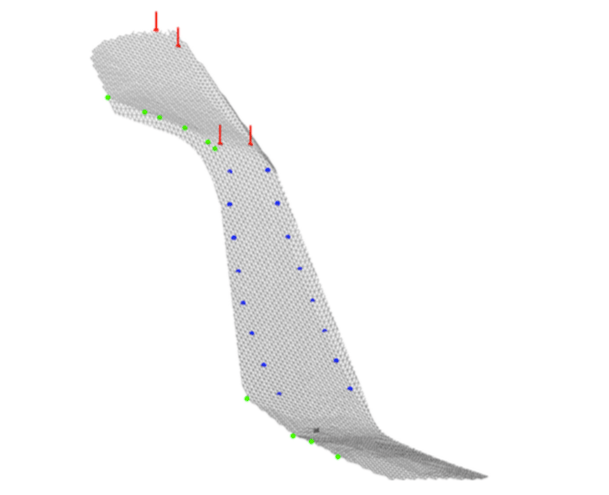
Ski Helmet Usage in the United States
According to the National Ski Areas Association, helmet use has steadily increased over the last ten years. And that’s a good change. Any time you step onto the mountain, head injuries become a risk.

(I feel silly even writing this, but I also remember a time way back when…) Helmet safety is critical for your protection. So is understanding the biomechanics involved in a ski or snowboard crash, especially when it comes to the development of safety standards and helmet design.
Biomechanical Forces Involved in a Crash
This is exactly what Dr. Yamazaki and colleagues set out to demonstrate when they published their first-of-its-kind case report of a 30-year-old world cup helmeted skier who crashed and suffered a severe traumatic brain injury. (He fully recovered but ultimately retired from ski racing.) Yamasaki used high-definition video combined with a 3-dimensional image of the racecourse to determine the exact biomechanical forces and velocities involved in the crash. Yamasaki’s data and analysis are above my head and probably beyond the scope of this article. However, it does evidence the different forces involved in a crash than just simply falling forward.


This biomechanical data is also important in helping to define helmet safety standards.
Helmet Safety Standards
Although there is no mandatory standard for ski and snowboard helmets in the United States, there is a voluntary standard often followed, ASTM F2040. There is also a European standard, CE-EN1077. The ASTM F2040 standard requires three different anvil tests at three different helmet temperatures. The helmets also undergo a “dynamic strength retention test.” The European version includes the same tests as well as additional regulations for helmet design in regards to coverage area, straps, ear covers, etc.
Improvements in Helmet Safety Design
Although the standards have not changed all that much, there have also been a few significant improvements in helmet safety designs over the last ten years. A major change, and one truly appreciating the rotational forces involved in a crash, is the Multi-Directional Protection System or MIPS.
What is MIPS? MIPS is a technology that allows the helmet to “slip” around the user’s head and thus minimize some of the rotational forces involved in a crash. The thin yellow liner inside the helmet will “slip” about 10-15mm in any direction. Without this layer of protection, your brain absorbs this rotational force inside the skull.

Assume Your Own Risk
National Ski Patrol studies show less protection against severe head injuries at speeds greater than 12-14 mph. And when considering that Dr. Yamasaki says a typical recreational skier averages speeds of 24-31 mph and world cup downhill racers average 58 mph (maximum of 89 mph,) the risk of serious head injury is all too real. Unfortunately, it just takes one bad fall or one unfortunate slip to place yourself at risk.
Even with this advanced helmet technology, the National Ski Patrol reminds us there is no excuse for reckless skiing and to remember helmets clearly don’t prevent all head injuries. I know we may not have the perfect helmet design just yet, but perhaps a little more pow might help the situation?